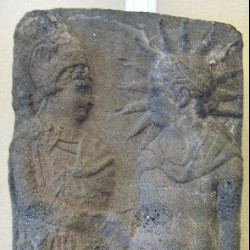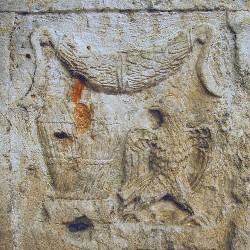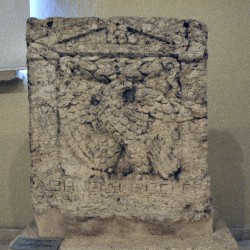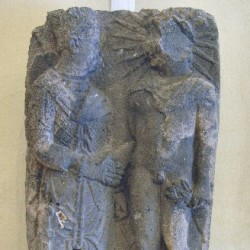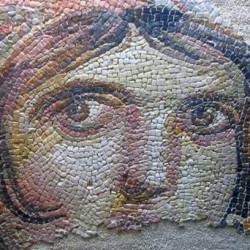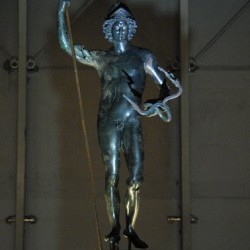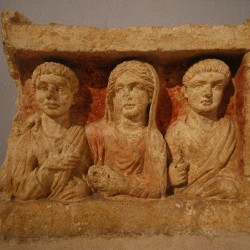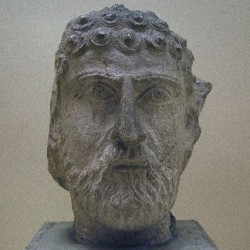Zeugma (Belkis)
Q196987Zeugma: one of the main crossings of the Upper-Euphrates., famous for the many mosaics excavated in the 1990s.
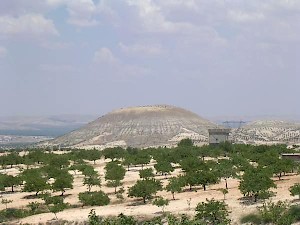
Zeugma (litt.: "bridge") was not just one of the places where the Upper-Euphrates could be crossed. It was also the point where a traveler left the Mediterranean world and entered the ancient Near East. The many merchants who visited Zeugma had really rare products to sell and consequently became very rich. Archaeologists have unearthed many splendid mosaics in the city.
The river crossing was of great strategic importance, and we know, for example, that the Seleucid king Seleucus I Nicator (311-281) built a fortress over there. As was common in those days, the place was renamed; it was from now on known as Seleucia. Across the river, in the northeast, a second city was built, which was called Apamea, after Seleucus' wife.
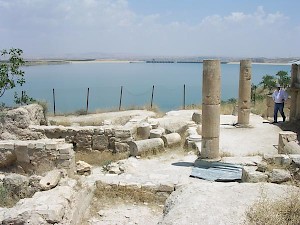
Both cities must have been of the normal Seleucid type, with a colonnaded street through the city's center, and a citadel on a hilltop on the edge of the town (cf. Cyrrhus and Apamea on the Orontes). This citadel is now known as Belkıs Tepe.
Two large reliefs suggest that the kingdom of Commagene, which succeeded the Seleucid Empire, also showed an interest in the site; Zeugma was probably one of the four main Commagenean settlements.
In 66 CE, the Romans stationed the Fourth legion Scythica at Zeugma; it had to protect the empire against Parthian invasions or Armenian raids. The soldiers must have spent their money in the town on the Euphrates, contributing to its wealth. In 72, Commagene was annexed by the Romans; after this, the city had its greatest prosperity and boasted no less than 80,000 inhabitants.
One important factor that contributed to the city's wealth was the sanctuary of Tyche on the citadel, Belkıs Tepe. The goddess, who was represented with a wheel of fortune, must have been quite popular.
In the mid-third century, Zeugma was abandoned. This may have had something to do with the large war against the Sasanian Empire, which had succeeded the Parthian Empire in c.226. In 256, the Sasanian king Shapur I captured nearby Satala, forcing the Romans to redeploy their troops, who must have left Zeugma.
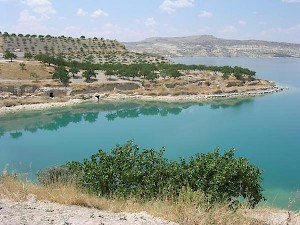
In the 1990s, the Turkish government built a large dam in the Euphrates near Birecik. About 30% of Zeugma was submerged. The famous mosaics, however, were saved. Other finds include a furious looking Ares and at least 1000 seals.
Literature
Nezih Başgelen & Rıfat Ergeç, Belkıs/Zeugma, Halfeti, Rumkale. A Last Look at History (2000 Istanbul)
